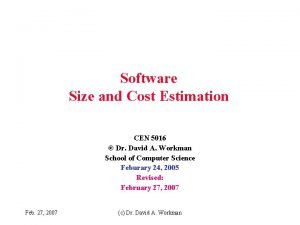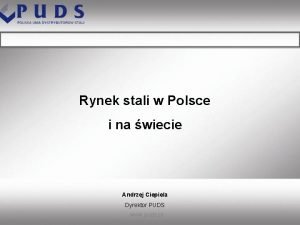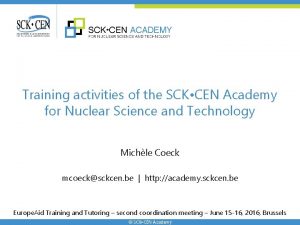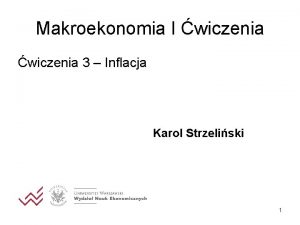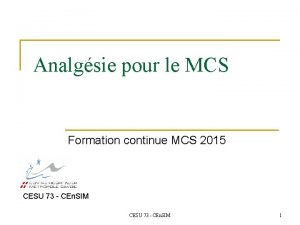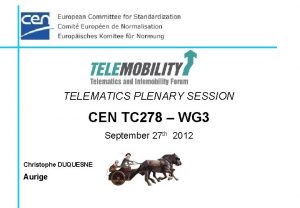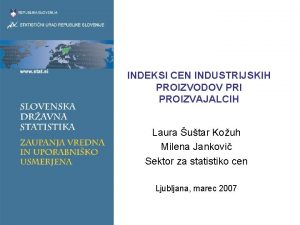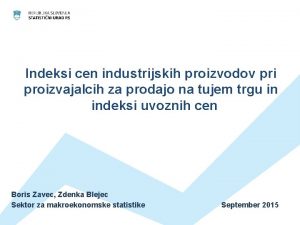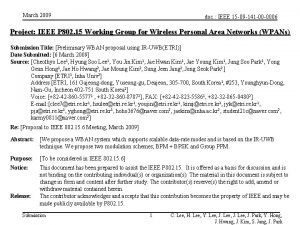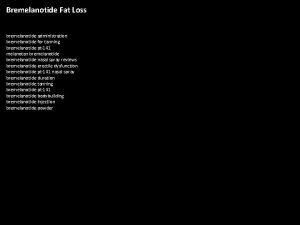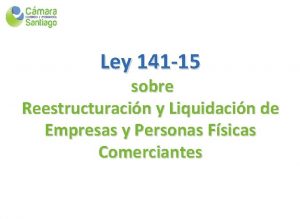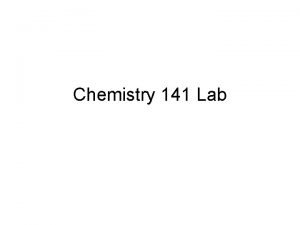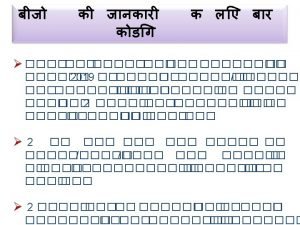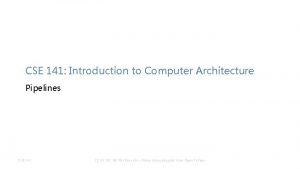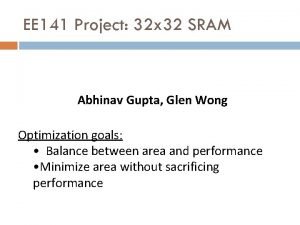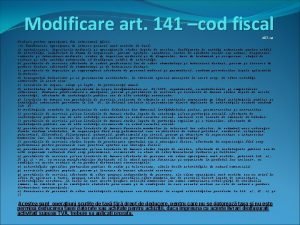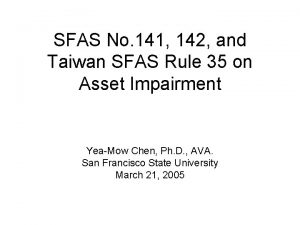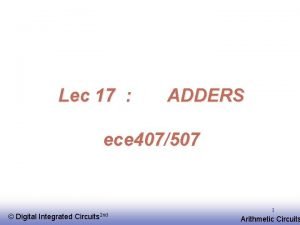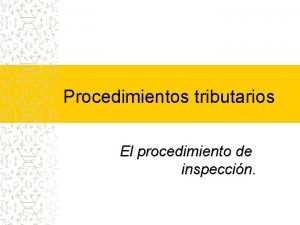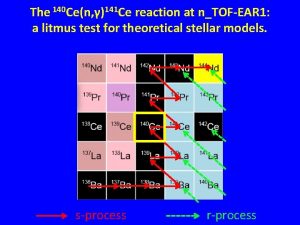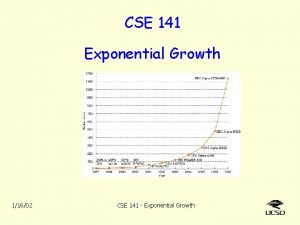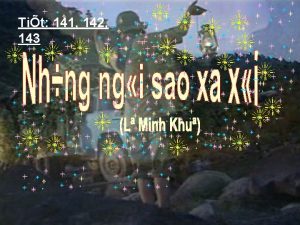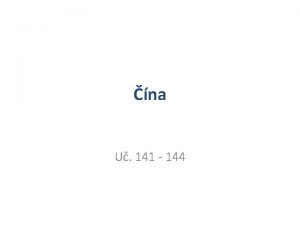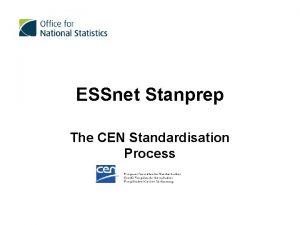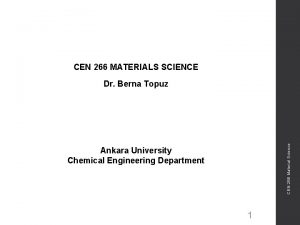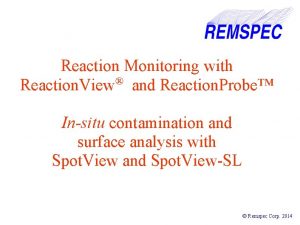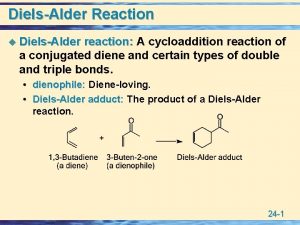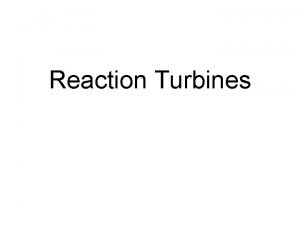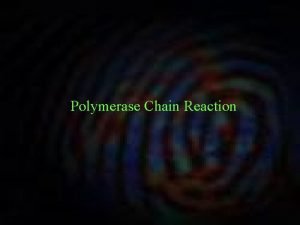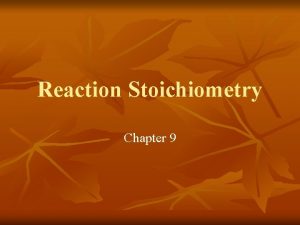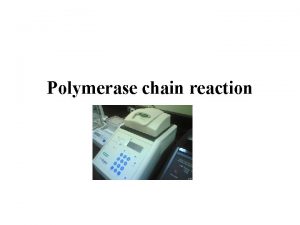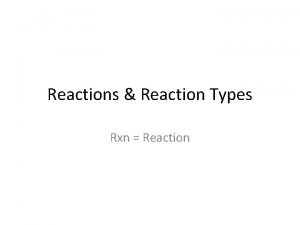The 140 Cen 141 Ce reaction at nTOFEAR














![140 Ce neutron capture cross section (I) Stellar cross section [mb] MACS 88 Sr(n, 140 Ce neutron capture cross section (I) Stellar cross section [mb] MACS 88 Sr(n,](https://slidetodoc.com/presentation_image/8d15ea8fee2513a879d03320b155c052/image-15.jpg)
![140 Ce neutron capture cross section (I) Stellar cross section [mb] MACS 88 Sr(n, 140 Ce neutron capture cross section (I) Stellar cross section [mb] MACS 88 Sr(n,](https://slidetodoc.com/presentation_image/8d15ea8fee2513a879d03320b155c052/image-16.jpg)



















- Slides: 35

The 140 Ce(n, γ)141 Ce reaction at n_TOF-EAR 1: a litmus test for theoretical stellar models. (Preliminary) ABSTRACT Evolutionary stellar models need nuclear input data as much accurate as possible. This holds in particular for nucleosynthesis calculations involving the production of nuclei heavier than iron. The case of 140 Ce (88% of solar cerium) is particularly interesting, because of its intrinsic closed shell nuclear structure. Cerium is mostly synthesized by the slow neutron capture process (the s-process). It has been carefully characterized in laboratory and observed in almost all stellar evolutionary phases. Currently, stellar models and observations of s-process enriched stars belonging to galactic globular clusters well agree for elements belonging to the 2 nd sprocess peak, apart from cerium. The re-evaluation of its neutron cross section is needed to verify the robustness of theoretical predictions, possibly solving the afore-mentioned discrepancy.

The solar distribution and the s-process peaks Magic nuclei are bottleneck for the s-process nucleosynthesis

The solar distribution and the s-process peaks Magic nuclei are bottleneck for the s-process nucleosynthesis

1 st s-process peak (N=50) (86 Kr – 87 Rb) 88 Sr - 89 Y - 90 Zr 2 nd s-process peak (N=82) (136 Xe) 138 Ba - 139 La - 140 Ce – 141 Pr – 142 Nd (144 Sm) 3 rd s-process peak (N=126) 208 Pb – 209 Bi Z=82

The s-process in AGB stars Busso et al. 1999

The s-process in AGB stars Busso et al. 1999

The s-process in Globular Clusters Roederer+ 2011 (6 stars) Young+ 2008 (14 stars) Hot low metallicity Main Sequence stars: reliable observations The pollution of asymptotic giant branch (AGB) stars with a mass ranging between 3 to 6 MSUN may account for most of the features of the s-process enrichment of M 4 and M 22. Straniero, Cristallo & Piersanti 2014 M 22 M 4 M 5

The s-process in Globular Clusters Roederer+ 2011 (6 stars) Young+ 2008 (14 stars) s-process dominated Hot low metallicity Main Sequence stars: reliable observations The pollution of asymptotic giant branch (AGB) stars with a mass ranging between 3 to 6 MSUN may account for most of the features of the s-process enrichment of M 4 and M 22. Straniero, Cristallo & Piersanti 2014 s-process contributions: Sr 97% Y 92% Zr 96% Ba 89% La 71% Ce 81% Pr 52% Nd 57% Pb 87%

The s-process in Globular Clusters Roederer+ 2011 (6 stars) Young+ 2008 (14 stars) s-process dominated Straniero, Cristallo & Piersanti 2014 The pollution of asymptotic giant branch (AGB) stars with a mass ranging between 3 to 6 MSUN may account for most of the features of the s-process enrichment of M 4 and M 22. s-process contributions: Sr 97% Y 92% Zr 96% Ba 89% La 71% Ce 81% Pr 52% Nd 57% Pb 87%

Cerium 140 Ce is the most abundant cerium isotope (88%) (n, γ) β- decay

Cerium 140 Ce is the most abundant cerium isotope (88%) (n, γ) β- decay Its production channel has already been explored by the n_TOF collaboration (Terlizzi+ 2007)

Cerium 140 Ce is the most abundant cerium isotope (88%) (n, γ) β- decay Cerium has been observed in all evolutionary phases (MS, RGB, AGB) at various metallicities. Most of its lines, however, are blended (less problematic at low metallicities). Its oscillator strengths have been determined precisely by Lawler+ 2009 (oscillator strenghts express the probability of absorption or emission of electromagnetic radiation in transitions between energy levels).

Stellar nucleosynthesis Stellar surface abundances Surface ratio with respect to standard (Bao&Kappeler 2000) FUNS M=4 MSUN [Fe/H]=-1. 67

140 Ce neutron capture cross section (I) MACS KADONIS 1 p 0
![140 Ce neutron capture cross section I Stellar cross section mb MACS 88 Srn 140 Ce neutron capture cross section (I) Stellar cross section [mb] MACS 88 Sr(n,](https://slidetodoc.com/presentation_image/8d15ea8fee2513a879d03320b155c052/image-15.jpg)
140 Ce neutron capture cross section (I) Stellar cross section [mb] MACS 88 Sr(n, g) 206 Pb(n, g) KADONIS 1 p 0
![140 Ce neutron capture cross section I Stellar cross section mb MACS 88 Srn 140 Ce neutron capture cross section (I) Stellar cross section [mb] MACS 88 Sr(n,](https://slidetodoc.com/presentation_image/8d15ea8fee2513a879d03320b155c052/image-16.jpg)
140 Ce neutron capture cross section (I) Stellar cross section [mb] MACS 88 Sr(n, g) 206 Pb(n, g) KADONIS 1 p 0

140 Ce neutron capture cross section (II) SSR (1973) K. Siddappa+, Nuovo Cim. 18 A, 48 MAM (1979) Stellar cross section [mb] A. de L. Musgrove+, Aust. J. Phys. 32, 213 XWY (1990) Y. Xia+, Chin. J. Nucl. Phys. 12, 261 KTS (1996) + BEK (1980) F. Käppeler+, Phys. Rev. C 53, 1397 H. Beer +, Phys. Rev. C 21, 534 HIM (2000) S. Harnood+, J. Nucl. Sci. Techn. 37 740 Experimental Library Theoretical KADONIS 1 p 0

140 Ce neutron capture cross section (II) Activation @24 -30 ke. V SSR (1973) K. Siddappa+, Nuovo Cim. 18 A, 48 MAM (1979) Stellar cross section [mb] A. de L. Musgrove+, Aust. J. Phys. 32, 213 XWY (1990) Y. Xia+, Chin. J. Nucl. Phys. 12, 261 KTS (1996) + BEK (1980) F. Käppeler+, Phys. Rev. C 53, 1397 H. Beer +, Phys. Rev. C 21, 534 HIM (2000) S. Harnood+, J. Nucl. Sci. Techn. 37 740 Experimental Library KADONIS 1 p 0 Theoretical

140 Ce neutron capture cross section (II) SSR (1973) K. Siddappa+, Nuovo Cim. 18 A, 48 MAM (1979) A. de L. Musgrove+, Aust. J. Phys. 32, 213 Stellar cross section [mb] XWY (1990) Y. Xia+, Chin. J. Nucl. Phys. 12, 261 KTS (1996) + BEK (1980) F. Käppeler+, Phys. Rev. C 53, 1397 H. Beer +, Phys. Rev. C 21, 534 HIM (2000) S. Harnood+, J. Nucl. Sci. Techn. 37 740 TOF (3 -100 ke. V) (10 -100 ke. V) KADONIS 1 p 0 Experimental Library Theoretical

140 Ce neutron capture cross section (III) EVALUATIONS: Capture ORELA 40 m, C 6 F 6 5 < En < 100 ke. V A. de L. Musgrove+, Aust. J. Phys. 32, 213 Transmission RPI 250 m 20 < En < 60 ke. V H. S. Camarda. PRC 18, 1254 Transmission JAERI nat. Ce En < 60 ke. V Ohkubo, jaeri report 1993 Capture (preliminary) 1974 En<65 ke. V by Hacken (Columbia) t no shed li b pu

140 Ce neutron capture cross section (III) EVALUATIONS: 40% discrepancy at k. T=8 ke. V Capture ORELA 40 m, C 6 F 6 5 < En < 100 ke. V A. de L. Musgrove+, Aust. J. Phys. 32, 213 Evaluation MACS @ 8 ke. V ENDF/B-VIII. b (ENDF/B-VI) 13. 8 mb (40. 3 mb) JEFF-3. 1 16. 7 mb JENDL-4. 0 17. 3 mb Transmission RPI 250 m 20 < En < 60 ke. V H. S. Camarda. PRC 18, 1254 Transmission JAERI nat. Ce En < 60 ke. V Ohkubo, jaeri report 1993 Capture (preliminary) 1974 En<65 ke. V by Hacken (Columbia) t no shed li b pu

140 Ce neutron capture cross section (III) EVALUATIONS: Musgrove Camarda Hacken Capture ORELA 40 m, C 6 F 6 3 < En < 100 ke. V A. de L. Musgrove+, Aust. J. Phys. 32, 213 Ohkubo Transmission RPI 250 m 20 < En < 60 ke. V H. S. Camarda. PRC 18, 1254 Transmission JAERI nat. Ce En < 60 ke. V Ohkubo, jaeri report 1993 Capture (preliminary) 1974 En<65 ke. V by Hacken (Columbia) t no shed li b pu


Room for improvement with C 6 D 6

140 Ce neutron capture cross section (III) EVALUATIONS: Musgrove Camarda Hacken Capture ORELA 40 m, C 6 F 6 3 < En < 100 ke. V A. de L. Musgrove+, Aust. J. Phys. 32, 213 Ohkubo Transmission RPI 250 m 20 < En < 60 ke. V H. S. Camarda. PRC 18, 1254 Transmission JAERI nat. Ce En < 60 ke. V Ohkubo, jaeri report 1993 Capture (preliminary) 1974 En<65 ke. V by Hacken (Columbia) t no shed li b pu

140 Ce neutron capture cross section (III)

140 Ce neutron capture cross section (III) 1 st res o 15% o nance ~ f MAC k. T=8 k S @ e. V

Count rate @ EAR 1 – 4 g 140 Ce

Count rate @ EAR 1 – 4 g 140 Ce Oak Ridge Natioanl Laboratory: 4 gr 26040 ε Approved by III commission INFN (2018 budget): 5000 ε BUT…


10 gr of Ce. O 2

Count rate @ EAR 1 – 10 g 140 Ce

Conclusions is a magic nucleus (88% os solar cerium), mostly synthesized by the sprocess (81% of Galactic cerium). It has been observed in all evolutionary phases and metallicities. • Heavy-element abundances in s-rich galactic Globular Clusters show good agreement with theoretical AGB models for elements belonging to the 2 nd sprocess peak…apart from cerium! • MACS at AGB energies are higly uncertain due to lack of experimental data: • 2 transmission experiments in literature (nat. Ce was used, energy region does not cover the whole region of interest, En>20 ke. V) • 1 capture experiment in literature (C 6 F 6 as capture detector, not well suited for this measurement: Gn >> Gg) • No capture data below 5 ke. V reported in literature (just one unpublished report)! • Clear need of accurate capture data on 140 Ce • 140 Ce • n_TOF can provide capture data in the energy region of interest: • Low cross section 3 x 1018 protons • Resonances in the ke. V region EAR 1 • Gn >> Gg C 6 D 6

Conclusions is a magic nucleus (88% os solar cerium), mostly synthesized by the sprocess (81% of Galactic cerium). It has been observed in all evolutionary phases and metallicities. • Heavy-element abundances in s-rich galactic Globular Clusters show good Why this measurement: agreement with theoretical AGB models for elements belonging to the 2 nd sa) New cross section new stellar evaluations process peak…apart from cerium! • MACS at AGB energies are higly uncertain due to lack of experimental data: b) Confirmed cross section blending problem in • 2 transmission experiments in literature (nat. Ce was used, energy region does stellar spectra not cover the whole region of interest, En>20 ke. V) • 1 capture experiment in literature (C 6 F 6 as capture detector, not well suited for this measurement: Gn >> Gg) • No capture data below 5 ke. V reported in literature (just one unpublished report)! • Clear need of accurate capture data on 140 Ce • 140 Ce • n_TOF can provide capture data in the energy region of interest: • Low cross section 3 x 1018 protons • Resonances in the ke. V region EAR 1 • Gn >> Gg C 6 D 6

 Cocomo
Cocomo Puds ceny stali wykres
Puds ceny stali wykres Iso 21177
Iso 21177 Cen 5016 ucf
Cen 5016 ucf Cenacademy
Cenacademy Indeks paaschego
Indeks paaschego What is etsi
What is etsi Analgsie
Analgsie Cen 5016
Cen 5016 Cen/tc 278
Cen/tc 278 Cen usa
Cen usa Monitoring cen
Monitoring cen Cenavenue
Cenavenue Indeks cen industrijskih proizvodov
Indeks cen industrijskih proizvodov Cena v marketingu
Cena v marketingu Cen 4010
Cen 4010 Cén lá atá ann inniu
Cén lá atá ann inniu Indeks cen industrijskih proizvodov
Indeks cen industrijskih proizvodov Cen 4010
Cen 4010 Ieee 141
Ieee 141 Bremelanotide australia
Bremelanotide australia Ley 141 15
Ley 141 15 Chemistry 141
Chemistry 141 How many months is 141 days
How many months is 141 days Cse 141
Cse 141 Ee 141
Ee 141 Art 141 cod fiscal
Art 141 cod fiscal Mhu-141 munitions trailer
Mhu-141 munitions trailer Sfas 142
Sfas 142 Ee 141
Ee 141 Cse 141
Cse 141 134/141
134/141 Upn 141
Upn 141 Rbac 175 emenda 03
Rbac 175 emenda 03 Hive ap 121
Hive ap 121 üpor
üpor
